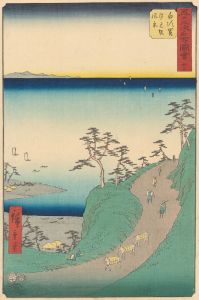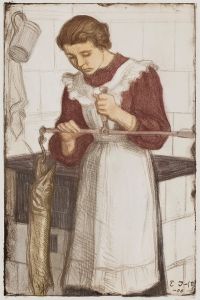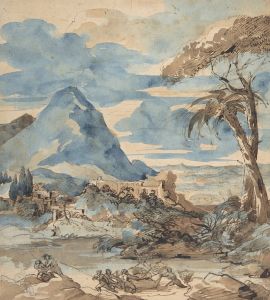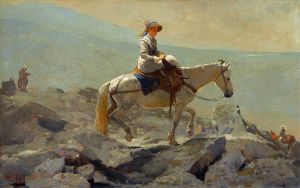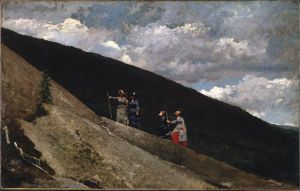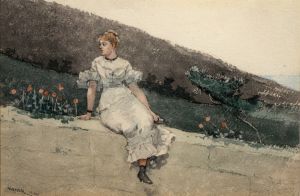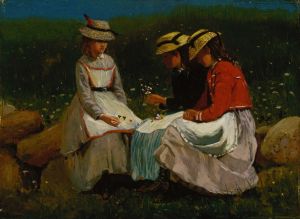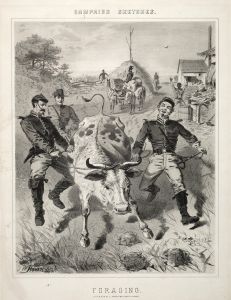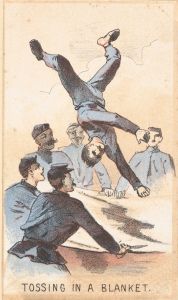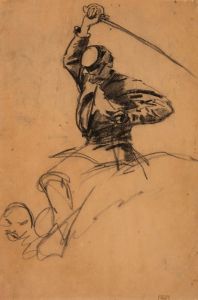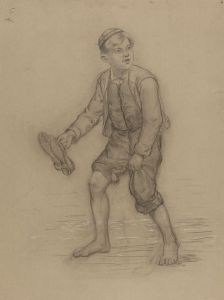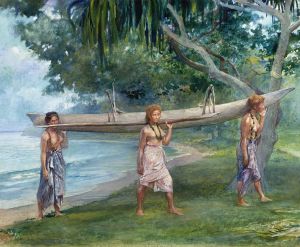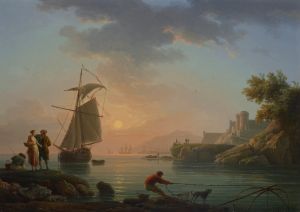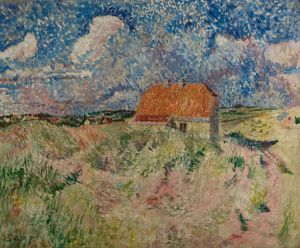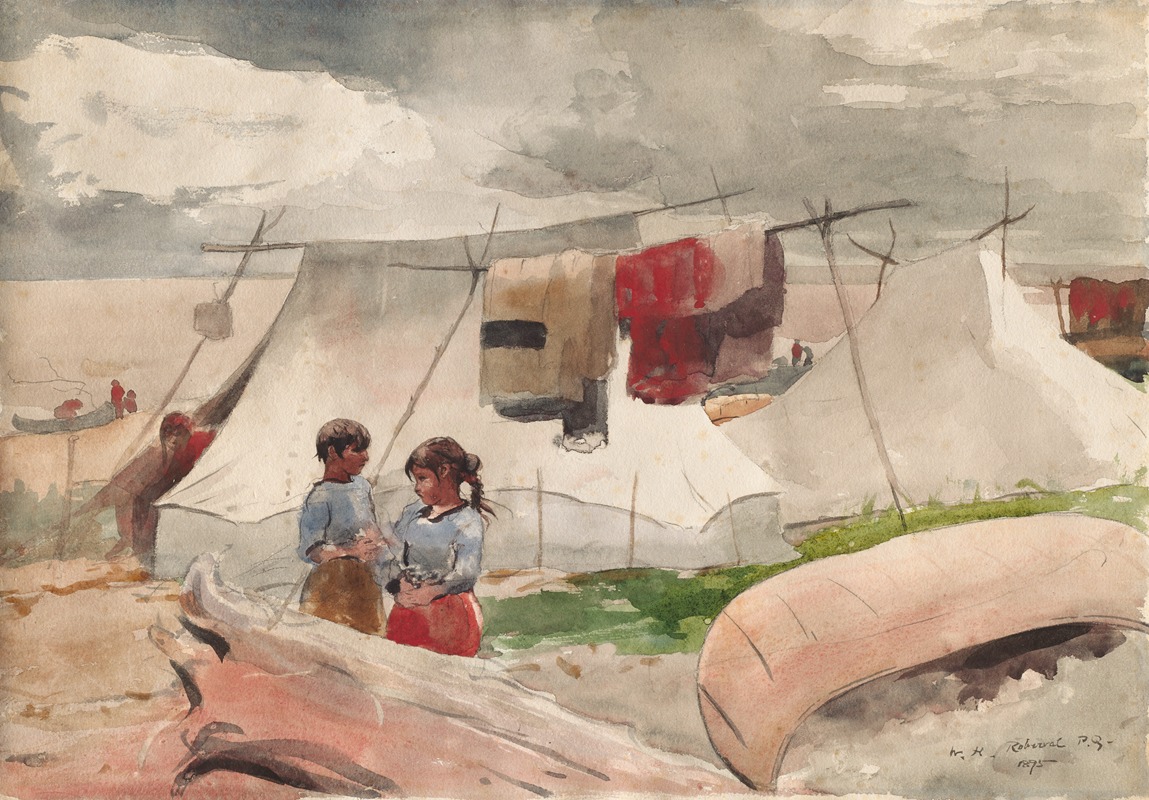
Indian Camp, Roberval, P.Q.
A hand-painted replica of Winslow Homer’s masterpiece Indian Camp, Roberval, P.Q., meticulously crafted by professional artists to capture the true essence of the original. Each piece is created with museum-quality canvas and rare mineral pigments, carefully painted by experienced artists with delicate brushstrokes and rich, layered colors to perfectly recreate the texture of the original artwork. Unlike machine-printed reproductions, this hand-painted version brings the painting to life, infused with the artist’s emotions and skill in every stroke. Whether for personal collection or home decoration, it instantly elevates the artistic atmosphere of any space.
"Indian Camp, Roberval, P.Q." is a watercolor painting by the American artist Winslow Homer, created in 1895. Winslow Homer is renowned for his landscape paintings and depictions of American life, and he is considered one of the foremost painters in 19th-century America. His works often capture the essence of the natural world and human interaction with it, and "Indian Camp, Roberval, P.Q." is no exception.
The painting depicts a serene scene set in Roberval, a town located in the province of Quebec, Canada. The "P.Q." in the title stands for "Province of Quebec," indicating the location where the scene is set. This work is part of Homer's exploration of the Canadian landscape, which he visited during his travels. The painting showcases a group of Indigenous people, likely belonging to one of the First Nations communities in the region, engaged in daily activities within a camp setting.
Homer's use of watercolor in this piece is notable for its fluidity and the way it captures the light and atmosphere of the scene. The medium allows for a delicate yet vivid portrayal of the natural surroundings, including the lush greenery and the reflective quality of water, which are common elements in Homer's work. The figures in the painting are depicted with a sense of harmony with their environment, a theme that Homer often explored in his art.
The painting is significant not only for its artistic qualities but also for its historical context. During the late 19th century, there was a growing interest in the lives and cultures of Indigenous peoples in North America. Homer's work provides a glimpse into the daily life of these communities, although it is important to note that his perspective is that of an outsider. The painting reflects the broader cultural and social dynamics of the time, including the interactions between Indigenous peoples and European settlers.
"Indian Camp, Roberval, P.Q." is part of a larger body of work that Homer created during his travels in Canada. These works are characterized by their attention to detail and the artist's ability to convey the mood and atmosphere of the landscapes he encountered. Homer's Canadian paintings are less well-known than his American works, but they offer valuable insights into his artistic development and interests.
The painting is housed in the collection of the Art Institute of Chicago, where it is appreciated for its artistic merit and historical significance. Winslow Homer's legacy as a painter is marked by his ability to capture the essence of the natural world and the human experience within it, and "Indian Camp, Roberval, P.Q." is a testament to his skill and vision as an artist.





